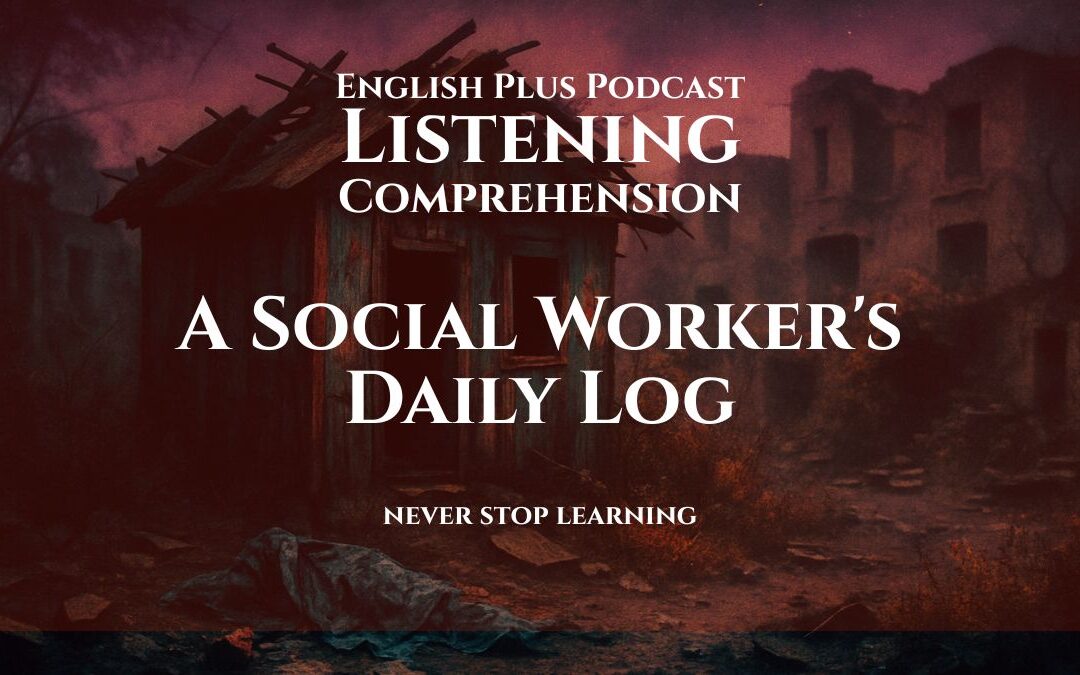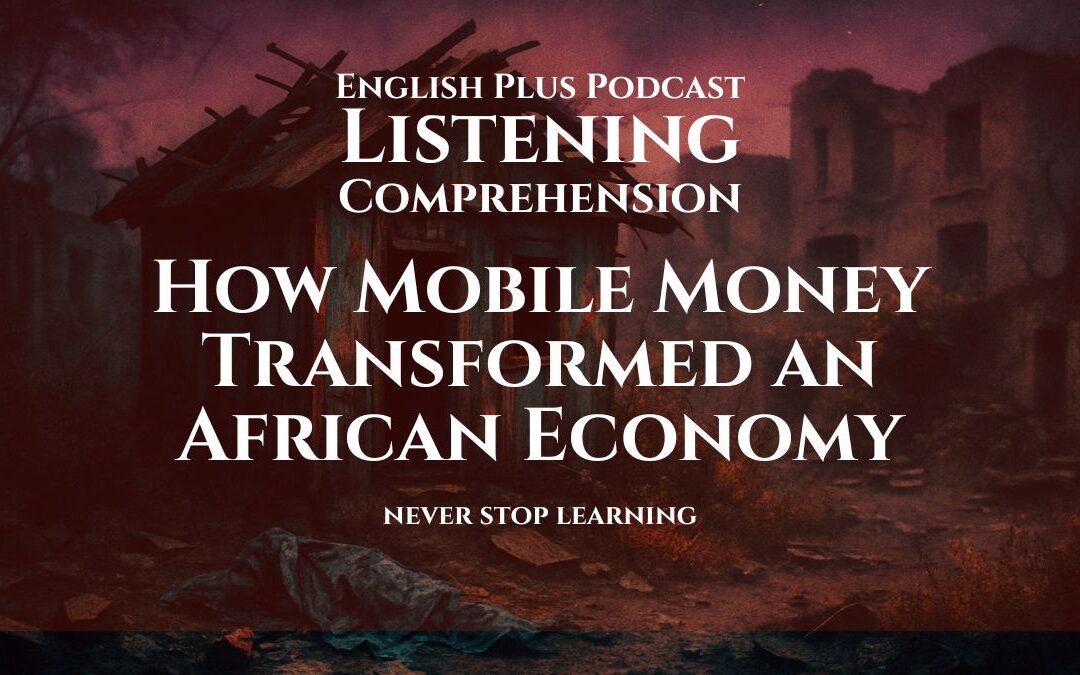Life, in all its unpredictable glory, often throws us curveballs. The ability to catch these curveballs, juggle them, or even throw them back is what adaptability is all about. It’s a skill that enables us to navigate the ever-changing landscapes of our personal and professional lives with grace and resilience. But why is it so important to be adaptable, and how do we weave this skill into the fabric of our daily lives?
In a world where change is the only constant, being adaptable is not just helpful; it’s essential. It’s the difference between being left behind and leading the charge, between struggling and thriving. Adaptability is about being a chameleon in a world that never stops moving. It’s about learning to dance in the rain while others are waiting for the storm to pass.
The Many Faces of Adaptability
Adaptability comes in many forms. It could be as simple as changing your route to work due to unexpected traffic or as complex as pivoting your career path in response to industry shifts.
Consider the rapid technological advancements of the past decade. Those who embraced these changes, learning new skills and adjusting their ways of working, have flourished. On the other hand, those who clung to the “we’ve always done it this way” mentality have struggled to keep up.
Real-Life Adaptability in Action
Let’s explore how adaptability plays out in real life:
- At Work: Imagine your company suddenly switches to a new software system. The adaptable employee takes this as a challenge, learns the new system, and maybe even becomes a go-to person for others struggling with the change.
- In Personal Life: You plan a beach day, but the weather has other ideas. Instead of moping, you quickly pivot to a fun indoor activity. Adaptability for the win!
- In Relationships: Your partner gets a job in a new city. This means uprooting your life and starting anew. An adaptable mindset helps you see this as an exciting adventure rather than an insurmountable challenge.
The Adaptability Advantage
Being adaptable doesn’t just make life easier; it also opens doors to opportunities. Employers value adaptable employees; they’re the ones who can handle crisis situations, take on new roles, and drive innovation. In personal life, adaptability leads to a more positive outlook, better coping strategies in times of stress, and more fulfilling relationships.
The Fun Side of Adaptability
Let’s not forget, adaptability can be fun too. It’s about trying new foods, exploring new places, and meeting new people. It’s the thrill of not knowing what’s around the corner and the joy of being pleasantly surprised when you get there.
Tips to Cultivate Adaptability
- Embrace Learning: Always be open to learning new things. Whether it’s a new hobby, a new language, or a new way of doing things at work, learning keeps your mind flexible.
- Stay Positive: A positive attitude helps you see change as an opportunity for growth rather than a hurdle.
- Be Proactive: Don’t wait for change to happen to you. Seek out new experiences and challenges.
- Develop Problem-Solving Skills: When faced with new situations, being able to think on your feet and come up with solutions is key.
- Flex Your Flexibility: Practice stepping out of your comfort zone. The more you do it, the easier it becomes.
Conclusion: The Art of Adaptability
Adaptability is an art, and like any art, it requires practice. It’s about learning to be comfortable with discomfort, finding your footing when the ground shifts, and changing your sails when the wind changes direction.
As you go about your life, remember that change is inevitable, but struggle is optional. By embracing adaptability, you’re not just surviving; you’re thriving. You’re not just living; you’re leading. So, next time life throws a curveball your way, catch it with a smile. After all, it’s just another opportunity to show how adaptable you are. Welcome to the world of endless possibilities, where adaptability is your passport. Happy adapting!











0 Comments